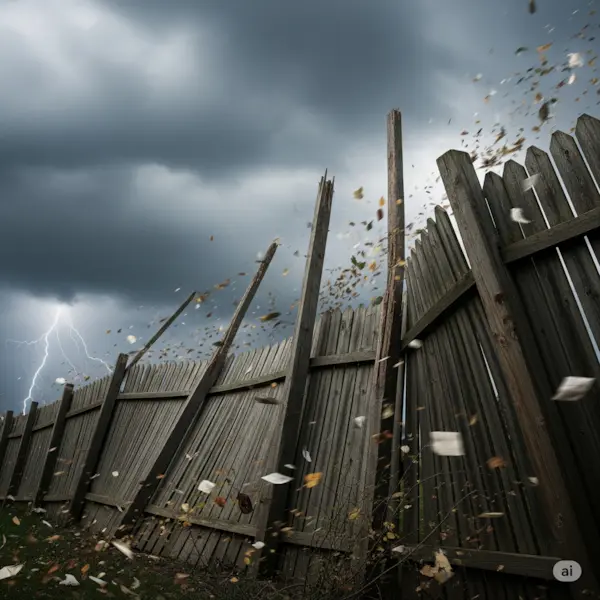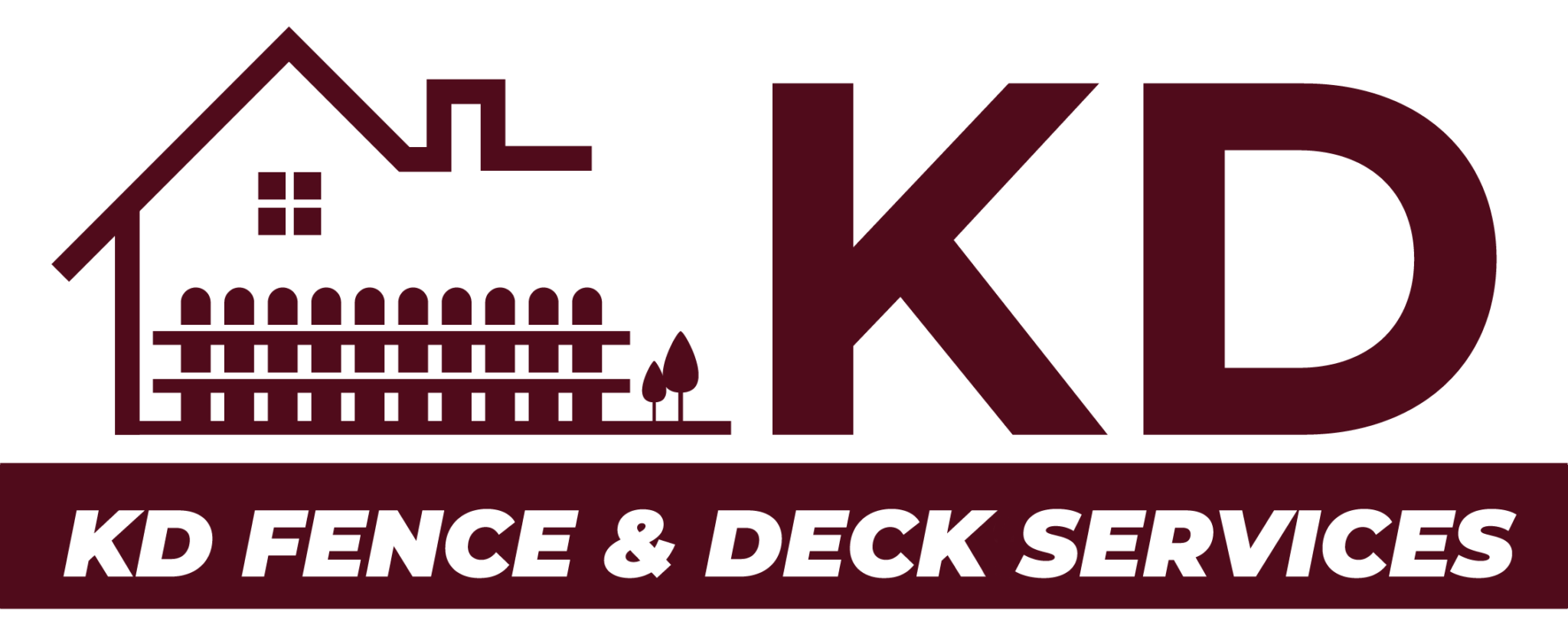If you live in Albany, you know the wind isn’t just a soft breeze. The capital city often has strong gusts, especially during changes in seasons, that can push hard against outdoor things like fences. So, what’s the best fence height for Albany wind conditions? Many people ask this, and the answer isn’t only about how it looks or privacy. It’s also about how the fence is built, safety, and how long it will last.
In this guide, we’ll explain the perfect fence height for places with wind like Albany. We’ll also talk about important things like wind-resistant fence Albany materials, how to design secure fences, and some useful building tips. If you’re new to owning a home or fixing up an old fence, this will help you build smart and make a fence that stands strong against the wind.
Understanding Albany's Wind Conditions
Albany is in upstate New York and often has medium to strong winds, especially in open or higher areas. The National Weather Service says wind gusts can often reach 30 to 40 miles per hour during fall and winter storms, with even stronger winds during Nor’easters.
This kind of wind can cause big problems for a fence that isn’t built well. This is where something called wind load matters. Wind load means how much force or pressure the wind puts on a fence or structure. The taller your fence and the more space it covers, the more wind it will catch, and that means it could break or fall more easily.
What’s the Ideal Fence Height?
In Albany’s windy weather, the best fence height is a balance between giving protection, privacy, and being strong enough to last. Here’s how different heights work:
| Fence Height | Wind Resistance | Best Use |
|---|---|---|
| 3–4 feet | High | Front yards, decorative fences, small pet barriers |
| 5–6 feet | Moderate | Backyard privacy fences, garden areas |
| 7–8 feet | Low unless reinforced | Noise blocking, full privacy, business or high-security spots |
General Recommendation:
For most homes, 5 to 6 feet tall fences are the best choice. They give enough privacy but don’t get too weak against the wind, especially if you use reinforced posts and space them properly.
If you want a taller fence for more privacy or security, you need to make it stronger with extra support. Otherwise, a big storm might knock it down.
Why Taller Fences Struggle Against Wind

It might seem strange, but taller fences aren’t always stronger. The higher the fence, the bigger the area the wind hits. That’s why fences taller than 6 feet often fall if they don’t have extra support. If you want a fence higher than 6 feet in Albany, it must be built to handle heavy wind load. This means using thicker posts, digging deeper holes for the posts, and adding extra braces.
Let’s look at how much wind pressure fences feel based on height:
| Fence Height | Approx. Wind Load at 40 mph (per panel) |
|---|---|
| 4 feet | 80–100 lbs |
| 6 feet | 120–150 lbs |
| 8 feet | 160–200+ lbs |
As you can see, even a small increase in height makes the wind pressure much stronger. If your fence isn’t made for this, it will not last long.
Materials Matter in Windy Areas
The kind of material you choose makes a big difference in how well your fence can handle wind. Heavier materials usually hold up better but need stronger supports. Here’s a list of common fence materials and how they work with wind:
| Material | Wind Resistance | Pros | Cons |
|---|---|---|---|
| Wood | Moderate to high (with reinforcement) | Natural look, easy to customize | Can warp, rot, or break in strong wind |
| Vinyl | Moderate | Easy to take care of, flexible | Can crack in cold wind gusts |
| Chain Link | High | Wind passes through, affordable | Not good for privacy |
| Aluminum | High | Lightweight, rust-proof | Less privacy |
| Composite | High (with support) | Durable, many looks | Expensive, heavy |
For Albany’s wind, chain link and reinforced wood fences usually work well. Chain link fences let wind go through, so they don’t get pushed over easily. But they don’t give privacy. Wood fences can give privacy but need strong posts and sealants to stay good over time.
Engineering a Wind-Resistant Fence in Albany
Picking the right fence height is just part of the job. To really build a wind-resistant fence Albany owners should also think about how the fence is built:
- Post Depth and Diameter
Your fence’s strength depends on its base. In Albany, where the ground freezes deep and wind is strong, post holes should be at least 42 inches deep. For taller fences, dig even deeper. Use 4×4 or 6×6 posts depending on the height and material. For fences 6 to 8 feet tall, 6×6 posts give better stability and don’t bend easily. - Spacing Strategies
Putting posts closer together makes the fence stronger against wind. Usually, posts are 8 feet apart, but for taller or windier fences, 6 feet or even 4 feet spacing works better.
Also, styles like board-on-board or shadowbox fences let some air flow through while keeping privacy. This lowers the wind pressure on each part. - Reinforcement Hardware
Things like brackets, tension wires, and cross beams add strength. Use galvanized steel brackets and concrete footings to stop the fence from moving in strong winds.
Don’t use cheap parts because they often break when you need them most.
Albany Fence Codes and Restrictions
Before putting up a fence, check the local rules and laws. Albany usually allows fences up to 6 feet tall in backyards and 4 feet in front yards without needing special permission. Taller fences might need approval from the zoning board or a special permit.
If you build without permission, you might get fined or have to take the fence down. So it’s best to plan carefully.
Tips for Long-Lasting, Secure Fences in Windy Areas
Want a fence that can handle any Albany storm? Here are some expert tips:
- Seal wood every year to keep water and warping away.
- Don’t use solid fences in open spaces. Choose fences that let some wind through.
- Add lattice or gaps to lower wind pressure.
- Check your fence often for loose posts or boards, especially after storms.
- Keep the base of the fence clear from dirt and leaves to stop rotting.
Bonus Insight: Reinforced Posts in Action
Imagine you’re building a 6-foot privacy fence in Albany. To make it strong:
- Dig post holes at least 42 inches deep.
- Use 6×6 pressure-treated posts.
- Space posts no more than 6 feet apart.
- Secure posts with concrete footings.
- Add horizontal rails and diagonal braces to stop the fence from shaking.
This setup helps your fence handle winds up to 50 mph without leaning or falling. It also makes your fence last longer.
Maintenance Matters: Protecting Your Fence Year-Round
Even the strongest fence in Albany won’t last without regular care. Taking good care of your fence helps stop small problems from turning into big repair jobs.
If you want to learn more about professional fence building, check out our guide on What to Expect During Fence Installation, which explains timelines, permits, and tips for Albany homeowners.
Wrapping It Up: Choosing the Right Fence for Albany Winds
So, what’s the final advice on the best fence height for Albany wind conditions? Every yard is different, but here are the main points:
- 5 to 6 feet is usually the safest and most effective height for fences in windy places.
- Taller fences (7–8 feet) need deeper posts, stronger braces, and designs that let wind pass through.
- Wind-resistant fence Albany styles like shadowbox, picket, or chain link work better than solid panels in open spaces.
- Material matters, wood is flexible but needs care, while aluminum and chain link are easier to maintain and last a long time.
- Always follow local rules, get permits if needed, and dig posts below Albany’s frost line for strong fences.
- Regular maintenance keeps your fence strong, good-looking, and safe in every season.
If you’re not sure which fence is best for your yard, talk to a fencing expert who understands Albany’s special wind conditions and outdoor building needs in the Northeast.
FAQ: Best Fence Height for Albany Wind Conditions
The best fence height for Albany’s winds is usually 5 to 6 feet. This height balances privacy, safety, and wind strength. Taller fences over 6 feet can work but need reinforced posts and good spacing to handle strong wind.
A wind-resistant fence Albany often uses chain link, aluminum, or semi-private wood styles like shadowbox. These let wind go through or lower wind pressure. Reinforced wood fences also work well if built with strong posts and deep foundations.
Yes, but you might need zoning permission depending on where you live. Taller fences must be designed to handle more wind with stronger materials, deeper posts, and extra bracing.
Use reinforced posts, put them closer together (4–6 feet apart), and dig holes at least 42 inches deep. Choose fence styles that allow some airflow like board-on-board or lattice tops. Use good sealants to protect wood from water and wind damage.
Albany doesn’t list exact wind load numbers in their fence rules, but you should follow guidelines for strong fences in windy areas. This means digging posts below the frost line and using tough materials.
Need a fence that stands up to Albany’s toughest winds?
At KD Fence & Deck, we specialize in building durable, wind-resistant fences designed for Upstate New York’s unpredictable weather.
If you’re looking for the best fence height for Albany wind conditions, reinforced posts, or expert installation, our ACI-certified team has you covered. We’ve been serving Albany homeowners since 2013 with quality work and fair prices. Check out our Albany NY location page to see all the areas we serve. Get a Free Quote Today! Call (518) 809-8077 or visit kdfencing.com.
